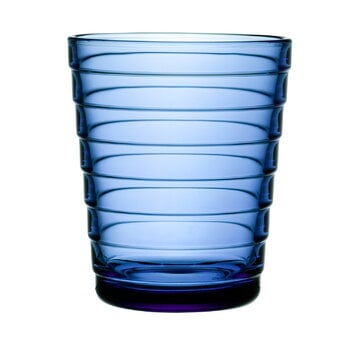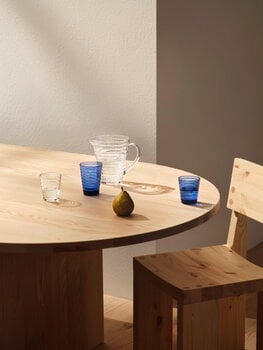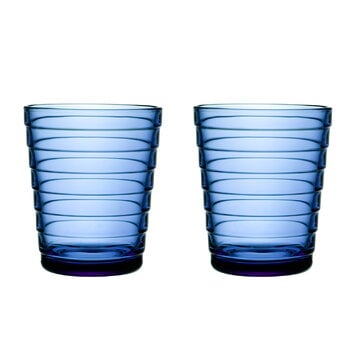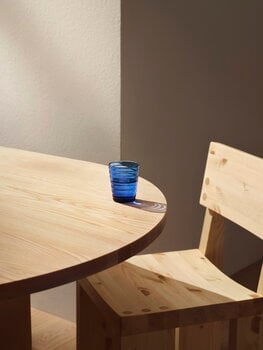Iittala’s Aino Aalto tumblers have a simple, attractive design based on multifunctionality and stackability. Originally known as Bölgeblick, the pressed glassware collection was inspired by ripples in the water. The Aino Aalto collection won second prize in a design competition arranged by the Karhula-Iittala glass factory in 1932, and it has remained in Iittala’s production ever since. In the 1930s the collection challenged old habits with its radically new and functional form, but it has proven to be a true classic of modern Nordic design. The Aino Aalto glassware goes beautifully together with all the tableware collections by Iittala.
The small tumblers come in a set of two.











